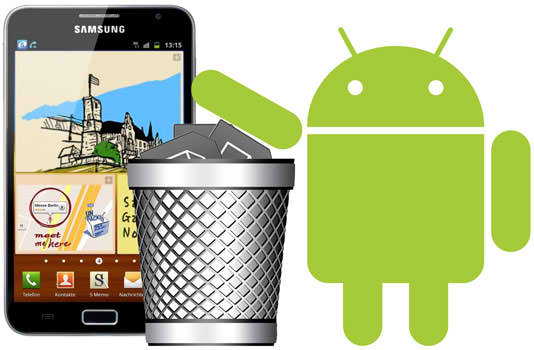
The exponential growth of smart phones over the last couple of years has been good news for carriers. They have been able to make a lot of money from their routine data services offered as either bundled packages or stand alone. They have also been smart in subtly influencing users to try out pre-loading apps that they introduced. The maximization of revenue through a host of apps such as navigation, video services, downloading of music and various others has helped them a lot. Typically, most users have fallen prey to such apps without being aware that they are free to use other apps as well and have unconsciously encouraged bloat ware.
Post Loading Of Bloatware
For some time now, these carriers have also resorted to post loading of different apps wherein they introduce software from third party and even fourth party developers. These software are not an essential part of the OS but introduced into the hand set to again influence users to download them. The carriers made some money and the third party developers got some recognition without much effort. The users though found their memory space compromised and had to bear with invasive advertising each time they used the app.
Google obviously was disturbed at this blatant exploitation of its open source platform and has taken some steps to arrest this. The Android One as well as the launch of the Android Lollipop are initiatives that it hopes will give users the opportunity of using stock Android in its purest form.
Bloatware Not A Total Success
Though bloat ware has not been a runaway success, it has been an irritant for many users who are aware of what it actually is. It cannot be totally eliminated thanks to the open source nature of the Android platform. That explains how a company like Digital Turbine has even come out with Ignite, a service that enables any carrier to go ahead and introduce apps on handsets for advertising revenue. The service is unique as the user in this case cannot prevent the introduction of such apps and has to bear the irritation, while the developers and carrier makes money out of the advertising revenue they get.
The company has named companies like Verizon as well as T-Mobile among its customers and also affirms that carriers would be responsible and not just push apps onto the handsets of their users. But some users have already complained that they are getting updates from the company about “performance enhancements” and also seeking their permission to gain access to some parts of the phone system, making it a potentially dangerous proposition.
Since users have rejected such bloat ware in the past, it is more than likely that attempts by companies like DT will bear fruit. However, carrier specific models of Android stand exposed to receive such updates unless the user roots the mobile. That is a process not many are aware of or will be keen to do.
